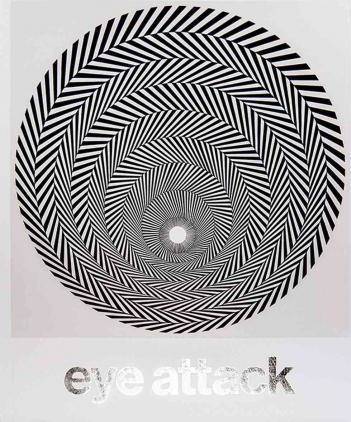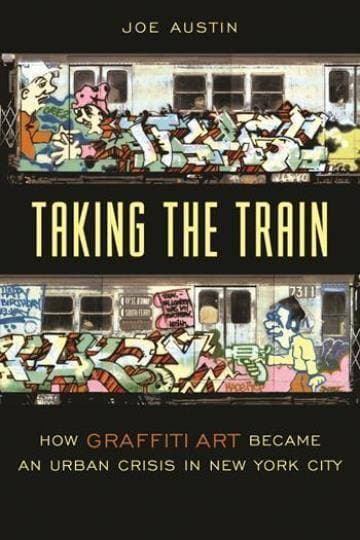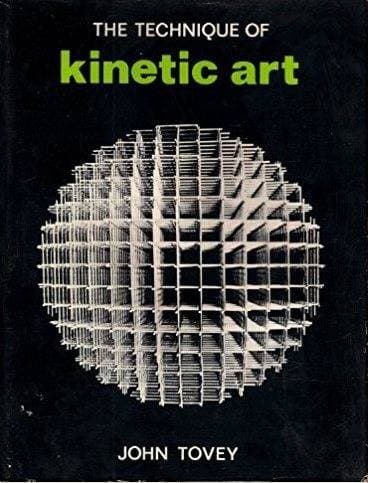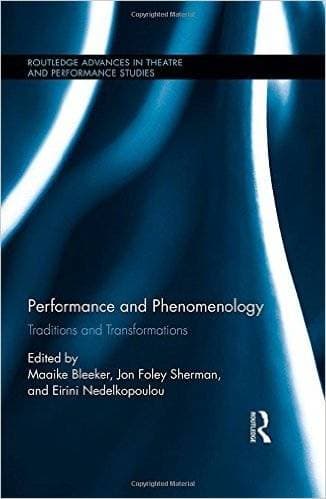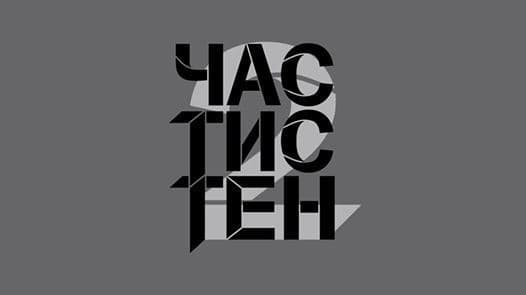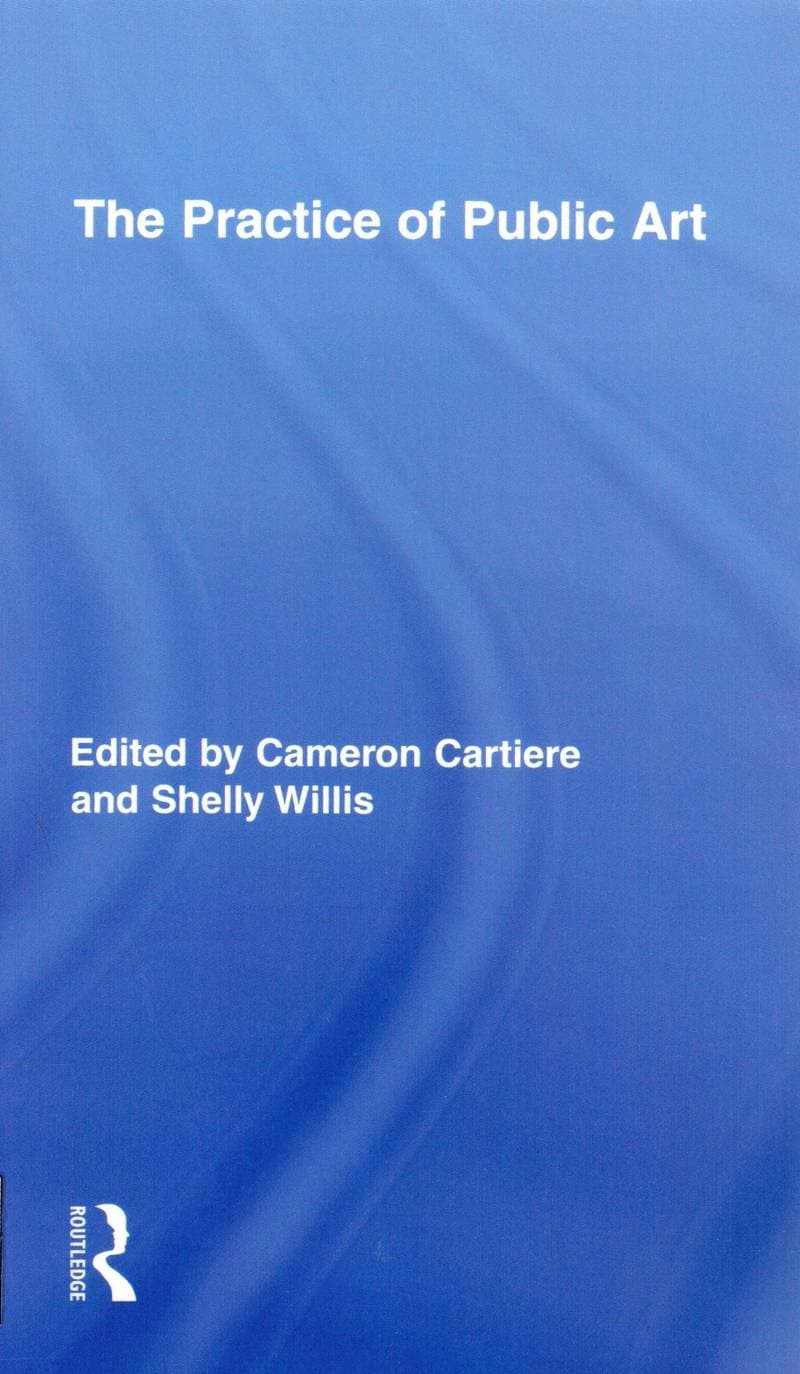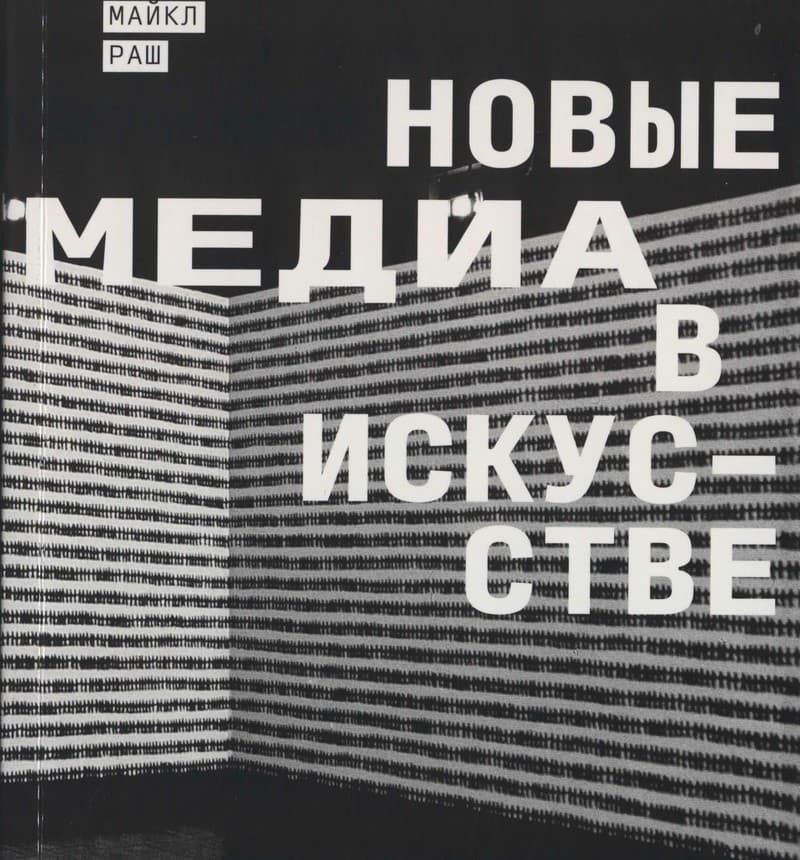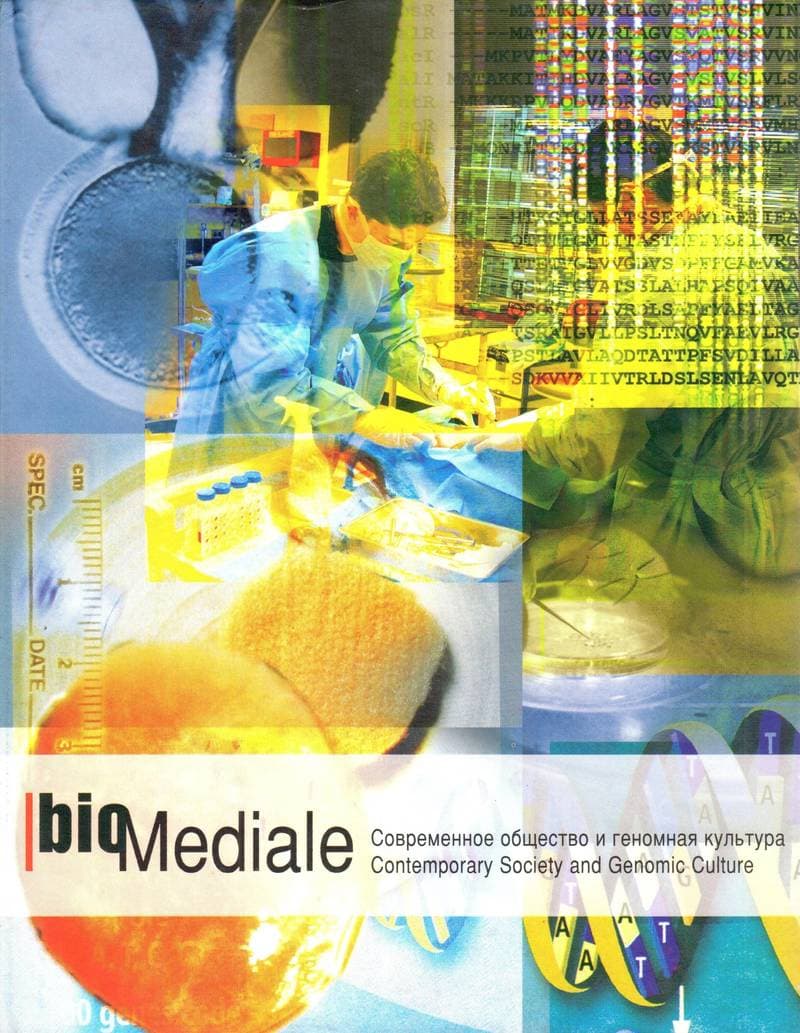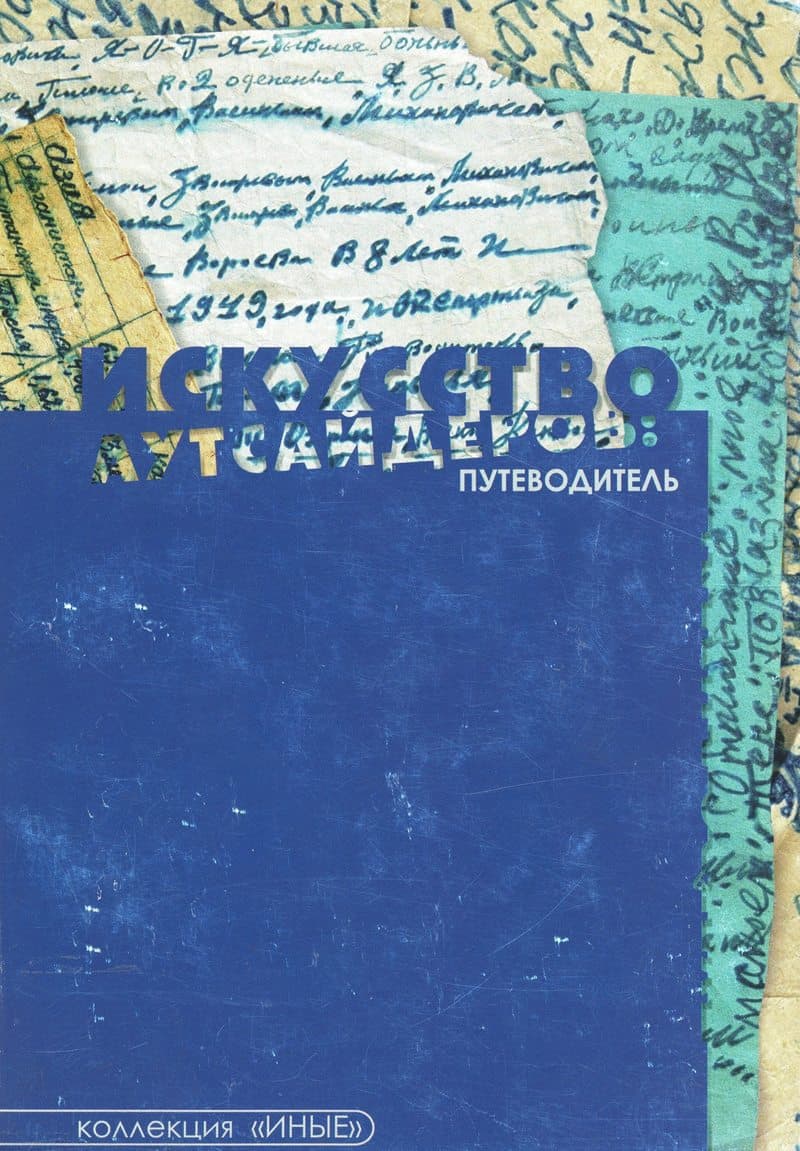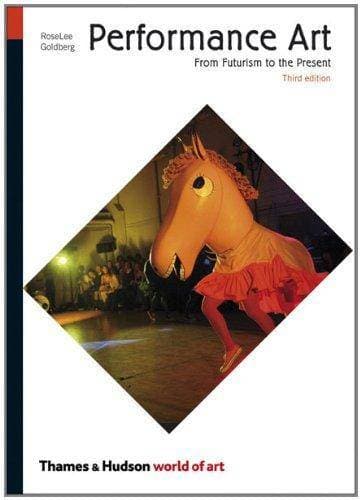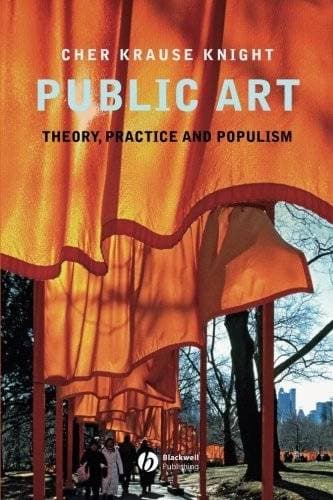Eye Attack: Op Art and Kinetic Art 1950–1970
Op art had its inception in the middle of the 1950s and its glory days in the 1960s, when it established itself internationally across political and cultural contexts. These artists — among them Victor Vasarely and Bridget Riley — were preoccupied with science, the psychology of perception and the new technology of the time. This dynamic approach to the world is also the essence of kinetic art, which broadly describes works of art that incorporate movement, whether literally or as an illusion. Optical and kinetic art developed hand in hand, in an abstract, geometrical language of form, using new industrial materials and techniques, and share a strong interest for the anti-static and the direct sensory experience. These movements have left their marks upon contemporary visual art and culture. The direct appeal to the senses is unabated — in this book, the catalogue for a current exhibition at Danish Louisiana Museum of Modern Art — the movement’s place in (pre-digital) cultural history, its heritage in contemporary art and the appeal it still holds is discussed in essays by Tine Colstrup, Matthieu Poirier and Joe Houston. Michael Juul Holm interviews artists Carlos Cruz-Diez, Francois Morellet and Heinz Mack, as well as younger artists John Armleder, Olafur Eliasson and Julie Riis Andersen, all of whom share a kinship with historical Op art.
Данные книги
Пуарье Матьё (Автор статьи), Colstrup Tine (Автор статьи), Холм Майкл Юул (Автор статьи), Houston Joe (Автор статьи)
Крус‑Диес Карлос, Wilding Ludwig, Мак Хайнц, Элиассон Олафур, Райли Бриджет, Вазарели Виктор, Costa Toni, Армледер Джон, Морелле Франсуа, Andersen Julie Riis, Сото Хесус Рафаэль
Хумлебек
2016
96 страниц
9788792877574
Доступ по запросу
Да
Нет
709.043 Kin
1
- Taking the Train: How Graffiti Art Became an Urban Crisis in New York City2001
- The Technique of Kinetic Art1971
- Performance and Phenomenology: Traditions and Transformations2015
- Части стен 22018
- The Practice of Public Art2008
- Новые медиа в искусстве2018
- Biomediale: Современное общество и геномная культура2004
- Кинетизм1994
- Искусство аутсайдеров: путеводитель2005
- Performance Art: From Futurism to the Present2011
- Public Art: Theory, Practice and Populism2008
- Performance Art: From Futurism to the Present2006
